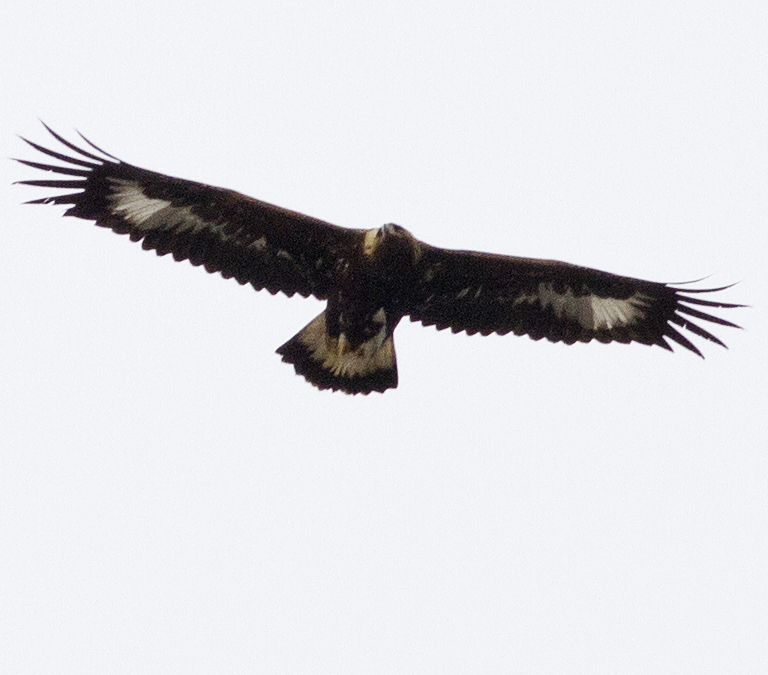Use of two distant nesting areas as a breeding strategy of Golden Eagles (Aquila chrysaetos) in Valdres, southeast Norway
DOI:
https://doi.org/10.15845/on.v44i0.3114Keywords:
Golden Eagle, nesting areas, south NorwayAbstract
Cover photo: Golden eagle. Photo: Frode Falkenberg.
Sixteen occupied nesting territories of Golden Eagle Aquila chrysaetos were studied between 2000 and 2020, in the southern part of the valley of Valdres, southeast Norway. Most of the study area consists of rolling hills dominated by spruce Picea abies with numerous clear-cuts. It was concluded that at least six (about 40%) of the eagle pairs in these territories move back and forth between two alternate, distant nesting areas 5.3 km apart (average). In two additional pairs, a second nesting area was considered possible. In the remaining eight, only one nesting area was found. The periods of one nesting area in use varied from 2–19 years, before moving to the other nesting area. This result was supported by panoramic mid-day surveillance of the air space between the two nesting areas during 2014–2020. The maintenance of a second core nesting area is most likely a strategy for moving to a more favourable hunting area and might be initiated by a new mate in the pair. The move might also be influenced by avoidance of a close neighbouring pair. A switch of nesting areas, as indicated by this study, could significantly affect results, when the number of eagle pairs in a certain area is counted.

Downloads
Published
How to Cite
Issue
Section
License
Copyright (c) 2021 Henning Dunker

This work is licensed under a Creative Commons Attribution 4.0 International License.
Articles published prior to September 2020 are subject to the following terms: https://boap.uib.no/index.php/ornis/copyright

